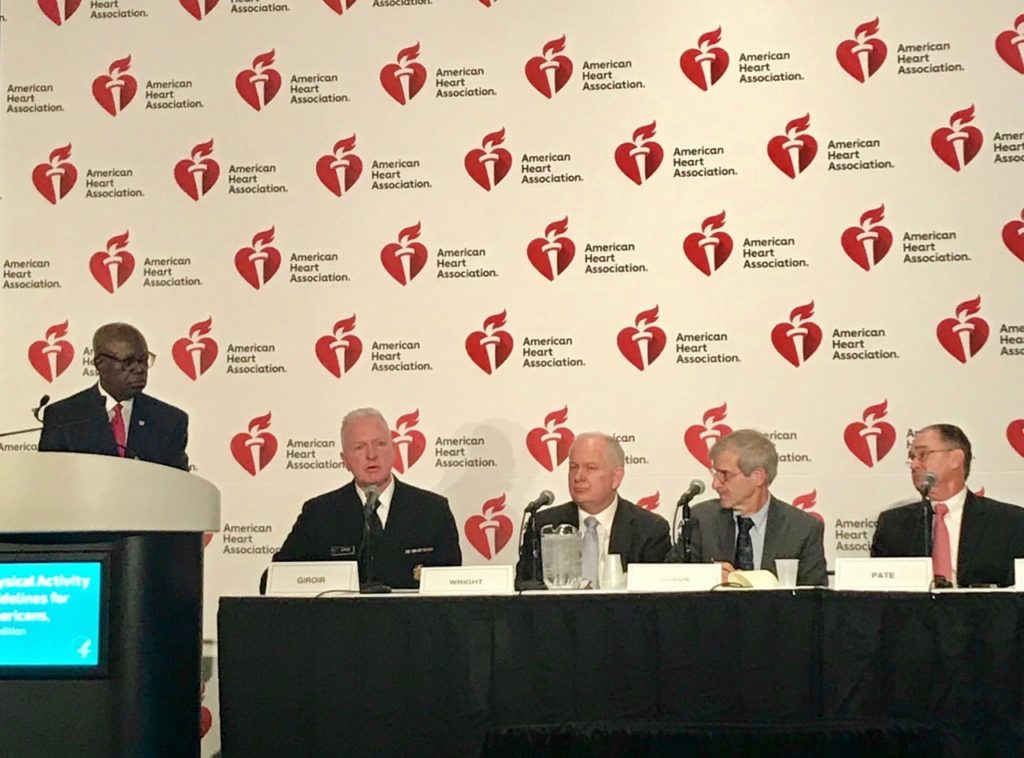Take a trip back down memory lane to your glory days as a happy and shiny nine-year-old. If your childhood was as amazing as I remember mine to be, then you spent your days running outside with friends, making mud pies, and then fabricating methods by which you could trick your little sister into eating said mud pies. Now even though life is all spick-and-span for you at that age, imagine that you have a close friend whose parents are experiencing some domestic problems – so bad in fact, that it results in the mother attempting to commit suicide by ramming the car, full speed, into a cement block with your friend and his/her two other siblings inside. In your present day and age, can you even begin to fathom the degree of trauma that this past event brought to your friend? Now, would you believe me if I say that if undealt with, your friend may not only experience mental health issues but also cardiometabolic problems? While this may not be your first thought, it is now becoming more widely known that violence (or stress) is an independent risk factor for adverse cardiovascular health. This story may seem just a tad over the top; however, this was the topic of discussion for the session titled Unpacking the Cardiovascular Biology of Violence at Scientific Sessions 2018 and was the eye-opening account given by physician Marjorie Fujara from Chicago during her presentation.
As a new graduate student, this was my first time experiencing Scientific Sessions and I was completely taken aback by the various works discussed. Presentations that I was luckily able to witness via Live Streaming. Yes, you read correctly, LIVE STREAMING. Complete transparency here, I definitely opened my iPad with the preconceived notion that I would not be as engaged watching from my tiny screen in comparison to what I would experience being presented live and in-person. However, from the comforts of my own home, I found myself unreservedly hooked on the late-breaking science from researchers across the country. From the new Physical Activity Guidelines, to the nature versus nurture of cardiovascular disease, it was without a doubt an exciting weekend for science!
Considering the variety of disciplines at the conference, there were a number of ways to personally connect to the science presented. For example, my lab studies the effects of early life stress (or adverse childhood experiences) on the development of obesity and its related diseases later in life. As a result, the cardiovascular biology of violence talks were the ones that resonated with me the most because of its applications to my own research and personal interests.
During the discussion on the connections between heart health and trauma exposure, one panelist considered the case of primordial violence on developmental programming. Key points stemmed around the idea that excessive punishment led to increased levels of circulating cortisol. This then results in damage to the hippocampus (memory and learning), amygdala (emotions), and frontal cortex (reasoning). This data has led to the implementation of “No Hit Zones” in various hospitals. At the genetics level, however, what makes the people who experience increased levels of violence different from the rest of the population? When considering the epigenetics of the situation, violence in one’s life results in alterations in DNA methylation patterns (either hypo- or hyper-) and eventually leads to a higher cardio-metabolic risk. During the discussion, it was mentioned that for a child, just hearing about violence in one’s own community resulted in a difficulty concentrating for periods ranging from two days to an entire month. You can easily begin to wonder, “What does this mean for children living in areas with high homicide rates?” Overall, people exposed to trauma, and are not properly dealing with it, are predisposing themselves to diastolic elevations much earlier in life consequenting in early onset of cardiovascular disease.
The question is now, “What interventional methods can we use to better help people who are experiencing cardiac alterations due to increased stress exposure?” One solution discussed is the Bright Star Community Outreach program. Bright Star is a nonprofit aimed at using science and research to aid members of the south side Chicago community in recovering from the trauma of violence. By confronting the trauma, instead of bottling it away, they hope to help people to end the cycle and limit violence-induced early cardiovascular insults.
As the reader, and possibly someone who was unable to attend (or live stream) AHA Scientific Sessions 2018, what else do you think can be done clinically to better serve this group in terms of cardiovascular health? Do you think they will need different pharmacological interventions compared to the “traditional” hypertensive patient, for example?
Disclaimer
“The views, opinions and positions expressed within this blog are those of the author(s) alone and do not represent those of The American Heart Association. The accuracy, completeness and validity of any statements made within this article are not guaranteed. We accept no liability for any errors, omissions or representations. The copyright of this content belongs to the author and any liability with regards to infringement of intellectual property rights remains with them. The Early Career Voice blog is not intended to provide medical advice or treatment. Only your healthcare provider can provide that. The American Heart Association recommends that you consult your healthcare provider regarding your personal health matters. If you think you are having a heart attack, stroke or another emergency, please call 911 immediately. ”


 Cardiovascular disease (CVD) remains the number one cause of mortality for both men and women in the United States1. Although CVD related mortality is decreasing with advanced diagnostic testing and therapies of CVD, the prevalence of this disease remains high including in the younger aged population younger than 55 years of age1. This suggests that as providers we have done a successful job at treating CVD however there remains a lot of work to be done with regards to preventing this disease.
Cardiovascular disease (CVD) remains the number one cause of mortality for both men and women in the United States1. Although CVD related mortality is decreasing with advanced diagnostic testing and therapies of CVD, the prevalence of this disease remains high including in the younger aged population younger than 55 years of age1. This suggests that as providers we have done a successful job at treating CVD however there remains a lot of work to be done with regards to preventing this disease.

 settings (#SneakerDay every day!?). Can we make it “OK” to stand for a bit when our tracking devices remind us that we’ve been sitting for an hour? Can we support activity with locker rooms at work? Better and more accessible training for healthcare workers on exercise prescription? More clarity on the roles and qualifications of fitness professionals? #AHA18 had a heart failure “Hackathon” this year to generate novel ideas– can we come up with some innovative ways to improve implementation of the cheapest, most effective treatment we have for poor health?
settings (#SneakerDay every day!?). Can we make it “OK” to stand for a bit when our tracking devices remind us that we’ve been sitting for an hour? Can we support activity with locker rooms at work? Better and more accessible training for healthcare workers on exercise prescription? More clarity on the roles and qualifications of fitness professionals? #AHA18 had a heart failure “Hackathon” this year to generate novel ideas– can we come up with some innovative ways to improve implementation of the cheapest, most effective treatment we have for poor health?